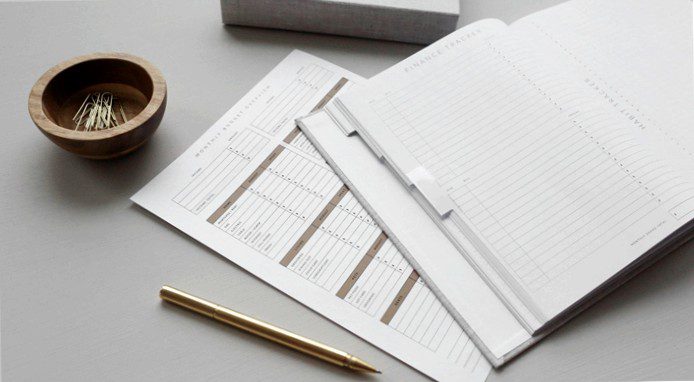Avoid bad debt: How to protect yourself from bad debt

Every entrepreneur bears the risk that his customers will not pay outstanding invoices. The lack of money puts a strain on the seller's liquidity. If several customers are insolvent, even the own business existence can be threatened. To avoid this risk, effective receivables management is the best bad debt protection, especially for small and medium-sized enterprises (SMEs). If you're self-employed or freelance and don't have the time or staff to handle accounts receivable, you can outsource the task. Full service factoring is particularly suitable here to avoid bad debt losses with little effort.
How does an outstanding receivable arise?
An outstanding receivable arises when a company sells goods or services on credit. This means that the buyer receives the product immediately, but payment occurs at a later date. Between commercial customers (B2B) the payment term is often 30-90 days. During this time, the seller forgoes the money and grants the buyer an interest-free loan. The payment date is noted in the sales contract or on the invoice. If the debtor does not pay when due, the first thing that happens is a default in payment. If there is still no payment despite reminders, the seller must assume that there is a loss of receivables. In order to protect its own liquidity, a company should take various measures to help assess the solvency of customers and avoid a bad debt loss.
Why bad debts occur?
There are various reasons why a debtor does not pay his invoices. Either external circumstances or internal difficulties prevent the customer from meeting his payment obligations.
These external causes can provide for a payment default:
- poor economic situation
- Changed buyer behavior
- new competitors on the market
- Products no longer up to date
In addition to external problems causing declining sales, internal difficulties can also cause your customers to default on their receivables:
- lack of payment morale
- Lack of time or personnel to handle the accounting department
- over-indebtedness
- Insolvency
In order to obtain effective protection against bad debts, you can take certain precautionary measures with your customers, especially against the internal causes. Otherwise, a bad debt can quickly occur, which can put a severe strain on your company's liquidity.
What are the consequences of the lack of liquidity?
Companies should use various means to avoid a bad debt and protect their own liquidity. Otherwise, a liquidity gap occurs, which can expand and lead to the insolvency of your own company. The lack of liquid funds makes itself felt in these areas:
- Incoming invoices cannot be paid immediately after deducting a discount
- the overdraft facility of the business account is used and costs interest
- Salaries and social contributions cannot be paid on time
- Rent and insurance premiums are not remitted on time
- Sales tax cannot be paid to the tax office
- Vehicles, machines or other assets have to be sold off
As soon as a company's own payment difficulties become known, it loses reputation and creditworthiness with suppliers and lenders. That is why it is important for every creditor to avoid any kind of bad debt and to provide suitable bad debt protection at an early stage.
5 tips on how to avoid bad debts
Here are some tips on how to avoid bad debt and ensure the liquidity of your business:
- Effective bad debt protection begins with the selection of buyers who will receive an invoice with a payment term. Carefully check the creditworthiness of debtors and insist on cash payment if the solvency of your customers is not confirmed. If you do not have the time to check the creditworthiness of buyers with various credit agencies, a factoring provider will take over this task for you. Both at the time of the initial conclusion of the factoring contract and regularly once a year, you receive up-to-date information about the solvency of the debtors.
- Allow payment terms only to solvent buyers. If you still want to dispose of the money immediately, selling receivables to a factoring company is a good option. You only have to upload the open invoices in the online portal of the factor and you will receive 80%-90% of the invoice amount transferred to your business account after 1-2 working days already. The final payment follows when the invoice is due.
- Monitor incoming payments. If a customer does not pay the bill when it is due, he must be reminded immediately. Find out about the legal dunning procedure and the subsequent collection measures, so that you can avoid bad debt losses. If you don't have time or employees to manage accounts receivable, you can turn this important task over to a factor. To do this, all you have to do is choose the Full Service Factoring offer within the framework of the sale of receivables. The experienced employees of the factoring provider send friendly reminders to defaulting customers and carry out debt collection competently and with legal certainty.
- Create a liquidity plan listing all planned and expected deposits and disbursements. If you want to plan with secure income, selling receivables to a factoring company is a good option for invoices with a payment term.
- For larger receivables, use other safeguards such as trade credit insurance in addition to accounts receivable sales and full service factoring.